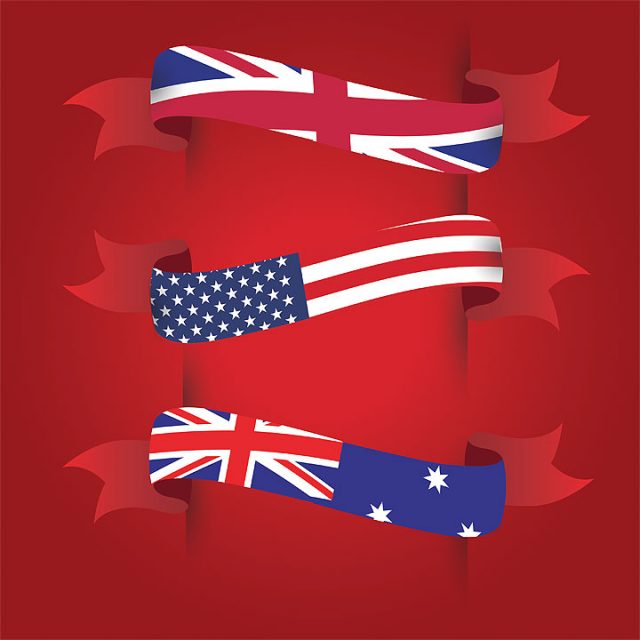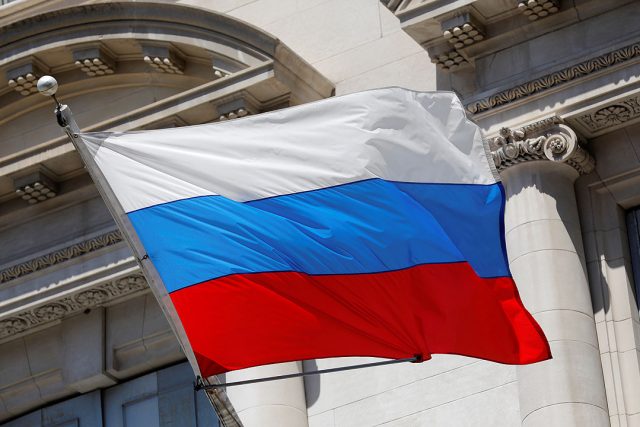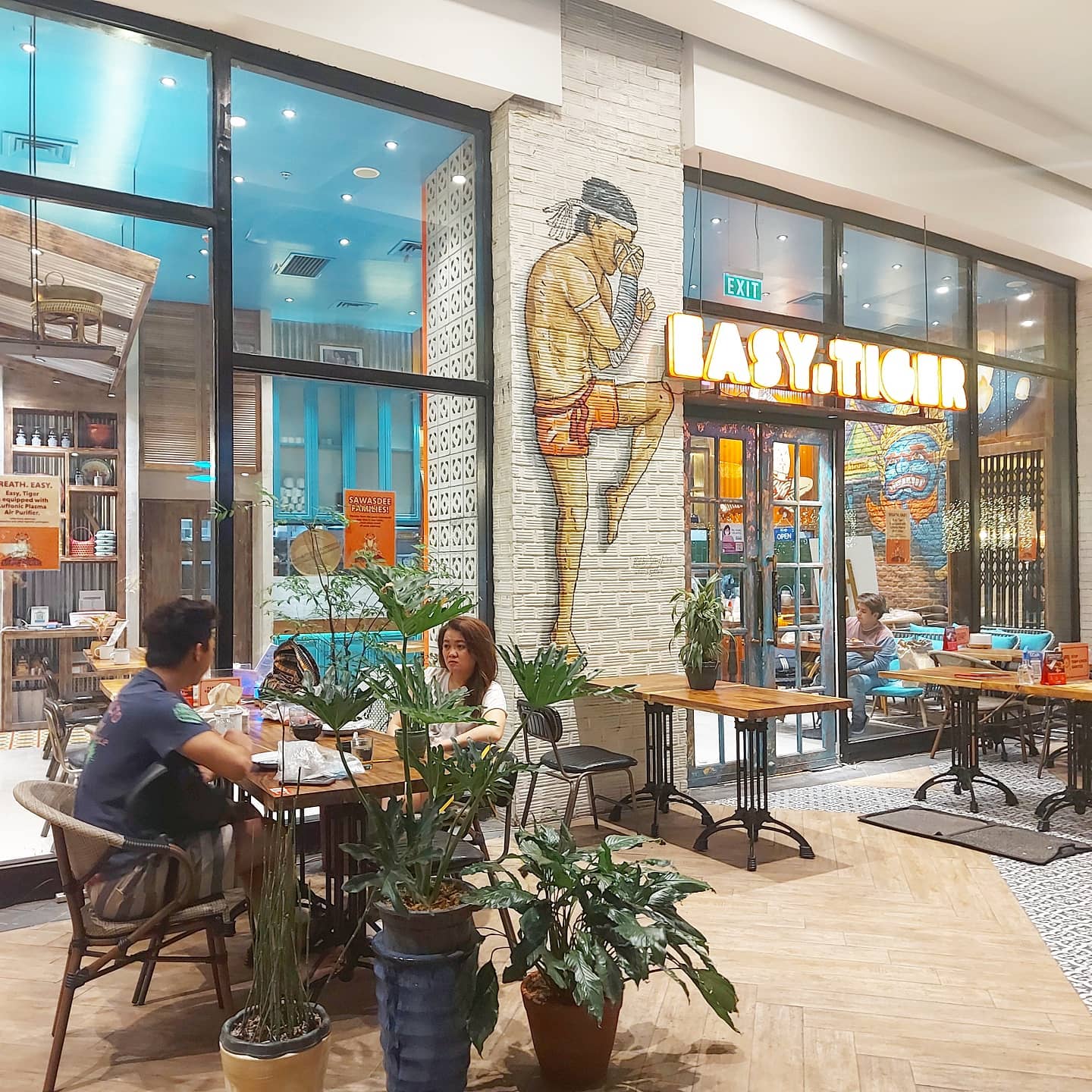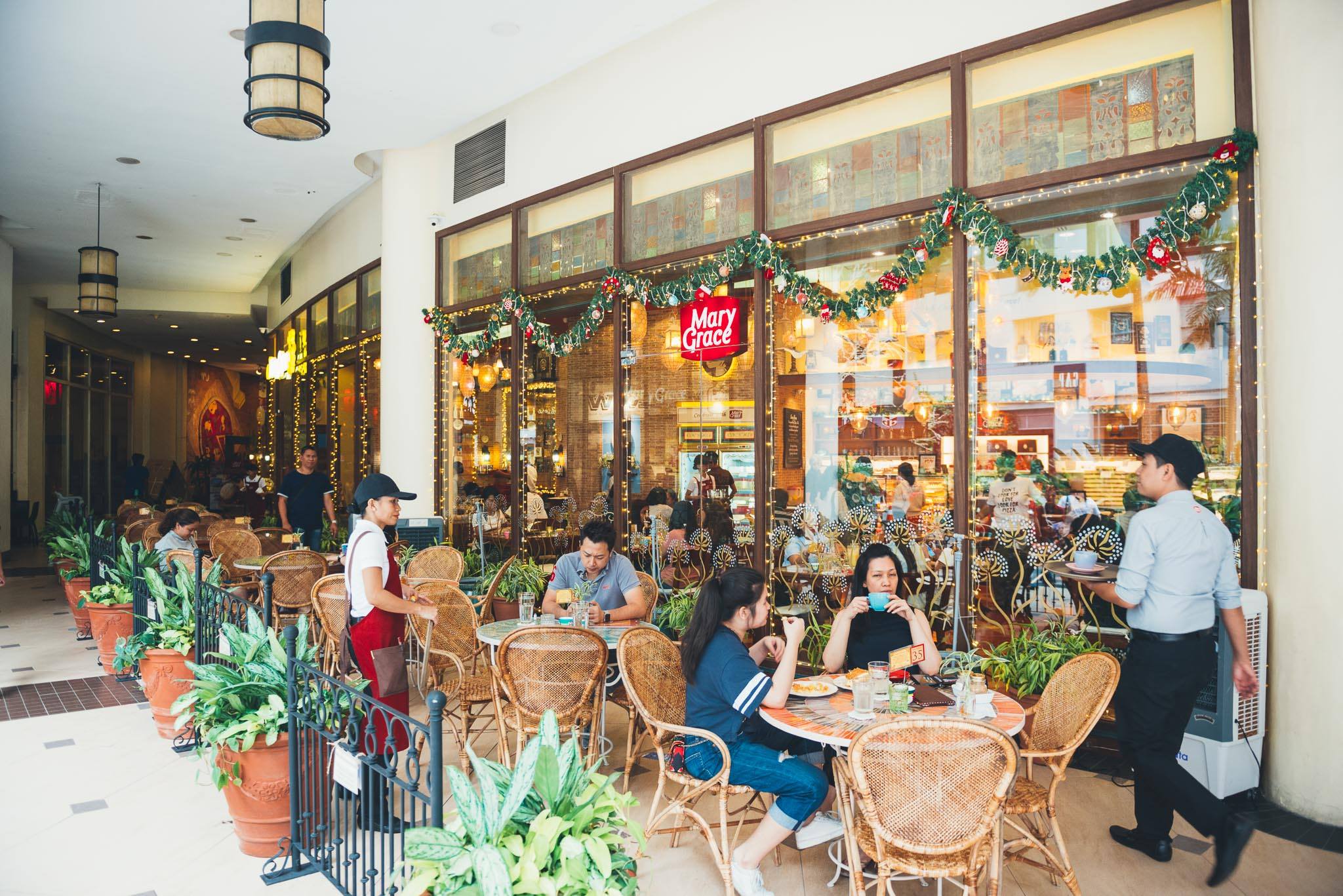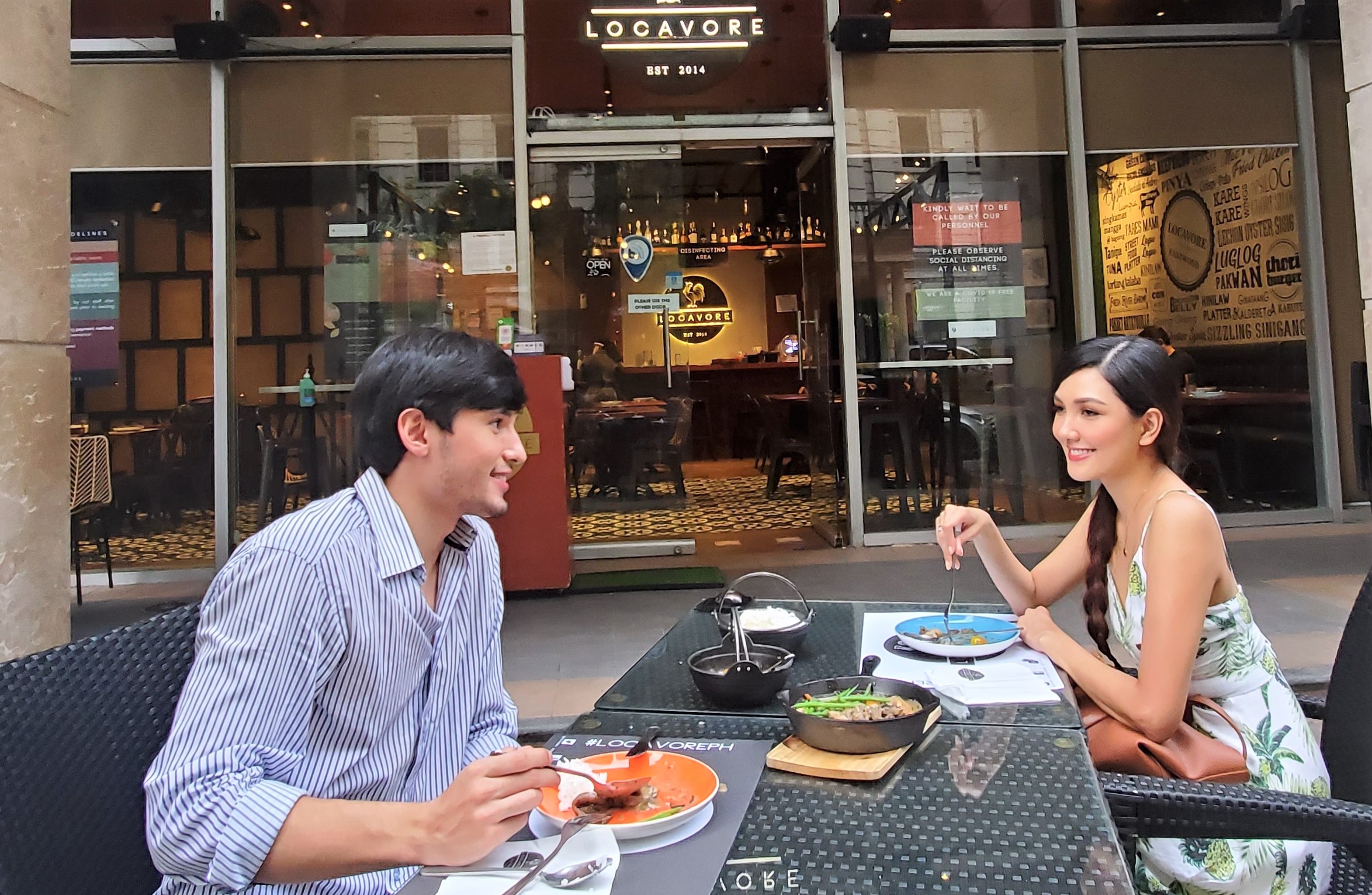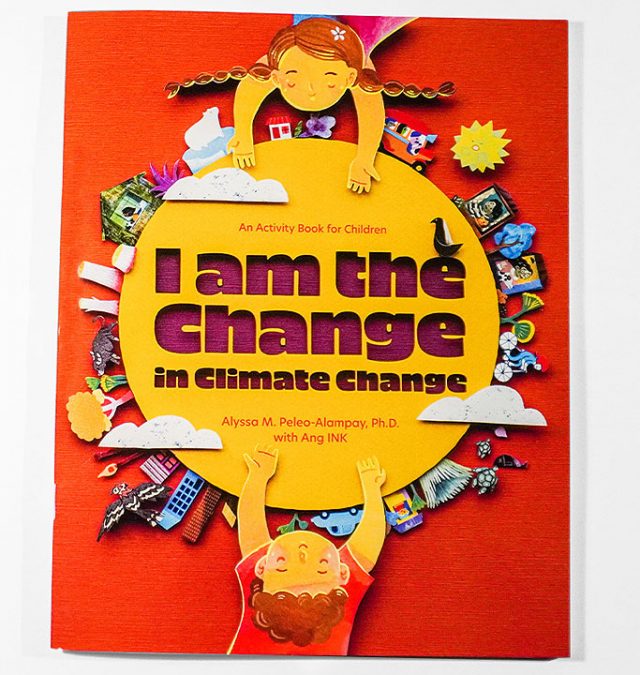I am decidedly un-woke. As a professor of economics, I strongly favor a market-oriented approach. I have worked hard to defend the positions of non-woke right-wing and libertarian colleagues in academia. What’s more, I am on record as saying that wokeism is stupid and inflexible, and will state here and now that it is also boring and predictable.
And yet: I have a nagging sense that, among its opponents, wokeism is underrated. (Its proponents, meanwhile, tend to overrate it.) Consider this essay my attempt to explain why and how its enemies should learn to live with wokeism.*
WOKEISM IS GLOBAL
Too many critics of wokeism make the mistake of focusing on purely local status relations. They are obsessed with the influence of woke forces in their intellectual communities — their universities, their media universe, and so on. Oddly but perhaps appropriately, this is exactly the mistake that the woke themselves make.
But the woke are engaging in a much larger international arena. One question raised by the woke movement, though hardly ever asked, is whether the US will be able to deploy this new intellectual tool for exporting American cultural influence. Put another way: If there is going to be an international progressive class, why not Americanize it?
Wokeism is an idea that can be adapted to virtually every country: Identify a major form of oppression in a given region or nation, argue that people should be more sensitive to it, add some rhetorical flourishes, purge some wrongdoers (and a few innocents) and voila — you have created another woke movement.
As the technology writer and lawyer Paul Skallas has written: “MeToo and BlackLivesMatter are essentially US culture issues which provide an effective identity for internationals of the progressive class.” Almost every other country now has its own version of woke, though it may differ greatly from the American version.
The French clearly see wokeism as a carrier of American cultural influence. “French politicians, high-profile intellectuals and journalists are warning that progressive American ideas — specifically on race, gender, post-colonialism — are undermining their society,” the New York Times reported in February. It quoted France’s education minister on the need to fight “against an intellectual matrix from American universities.’’
But even the un-woke among us might think Francophone society and culture could stand to be a little more woke. The boss needs to know he doesn’t have the right to sleep with his secretary. And Belgians need to come to terms more honestly with their colonial heritage in Africa. Wokeism has turned out to be a way to get them to do that.
I also think French culture and society will emerge just fine from this engagement with wokeism. Most of all, wokeism is a way of spreading ideas from a relatively feminized American culture to a world less supportive of women’s rights.
Returning to the glories of American cultural imperialism, consider the British philosophical pessimist John Gray. He recently wrote the following, weird but insightful:
“Wokery is the successor ideology of neo-conservatism, a singularly American world-view. That may be why it has become a powerful force only in countries (such as Britain) heavily exposed to American culture wars. In much of the world — Asian and Islamic societies and large parts of Europe, for example — the woke movement is marginal, and its American prototype viewed with bemused indifference or contempt.”
Does that make you feel better or worse about wokeism? I say better. Again, keep the bigger picture in mind. It doesn’t much matter who controls the English department at Oberlin College. But it would be nice if the Saudis moved to allow more rights for women.
Note that it is not necessary to approve of all US cultural exports to view the spread of wokeism as a net positive for the world. I do not like either Big Macs or Marvel movies, for instance. But at the end of the day I think American culture is a healthy, democratizing, liberating influence, so I want to extend it.
As the motivational speakers like to say, Winners win! And woke is right now one of America’s global winners. Part of what makes America great, and could help to make the rest of the world greater yet, is accepting a certain amount of semi-stupid, least-common-denominator culture.
IF NOT WOKE, THEN WHAT?
Another question is what are the alternatives to woke. Some people are going to be extremists no matter what.
One possible alternative belief system, for example, is QAnon. According to a poll released in May by the Public Religion Research Institute and the Interfaith Youth Core, 15% of Americans “agree with the sweeping QAnon allegation that ‘the government, media and financial worlds in the US are controlled by a group of Satan-worshipping pedophiles who run a global child sex trafficking operation.’” The same share said that “true American patriots may have to resort to violence” to restore order.
If QAnon were considered a religion, it would have more adherents than many other denominations. Even if not all of those believers are locked in, 15% is still a lot.
Of course, there are many possible alternative belief systems more moderate than either wokeism or QAnon. But recall the question of the counterfactual: What exactly is wokeism a substitute for? If the woke didn’t believe in wokeism, what would they believe in? Something like the ideology of the Weather Underground of the 1970s? Classical liberalism? Moderate 1990s-style Clintonism? Or would they simply become disillusioned?
Woke and wokeism are a way to keep people engaged. To be clear, I think there are better alternatives to woke on the relevant margins. But simply asking the question is to realize the costs of woke are not as high as they might seem. The relevant comparison is not “woke vs. what I believe to be best,” but rather, “woke vs. a lot of the other crazy stuff people are going to believe if they weren’t woke.”
WOKEISM DOES NOT NECESSARILY CONFER PARTISAN ADVANTAGE.
Now to make a pair of narrower point about US politics.
First, a lot of Republicans like to portray wokeism as a Democratic movement, and some even plan to campaign against it. The idea is that wokeism will take over the party, then the government, then the culture, not necessarily in that order.
I am not a Republican, but I agree that America needs greater ideological diversity in its universities, media outlets, and corporate human resource departments. Nor am I a terrified conspiracy theorist who thinks leftists are taking over everything. They are, however, taking over some things — and perhaps wokeism will be part of what stops them. In this sense, it is not something to be feared.
Maybe wokeism will become more popular, even among Republicans (consider the generational shift in views of gay marriage, among both liberals and conservatives). Alternatively, perhaps wokeism will cause the Democrats to overreach and thus make the party less influential, not more. Already many on the left are worried about this possibility, as this excellent Thomas Edsall column makes clear (Opinion | Is Wokeness ‘Kryptonite for Democrats’? — The New York Times (nytimes.com).
The larger point is that there aren’t very many good macro theories of social change. Wokeism may well be the rope that the anti-capitalists will use to hang themselves. Wokeism does not poll very well with the public.
It’s also possible that wokeism will encourage truly original and dynamic thinkers to look to the right for support and inspiration. There might still be many more left-wing than right-wing intellectuals in the world, but the leftists would all be dull and predictable. The thinkers on the right would have more influence with the rebels and with the broader creative class.
Again, it’s useful to take the long view: When it comes to the long-term political consequences of wokeism, it’s better to be agnostic.
Just as there is a danger in Republicans making too much of woke Democrats, there is an accompanying risk that anti-woke Republicans will impoverish conservative policy debate.
“The anti-woke portion of conservatism,” writes the political scientist Richard Hanania, “increasingly seems to be the most animated part of the movement.” He cites cancel culture as “the animating focus of the political right today,” but notes that “the political movement devoted to fighting this ideological matrix is quite short on policy ideas.”
A few months ago, the conservative talk-show host Jesse Kelly tweeted this (since deleted): “If you’re a small-government type, you should be smart enough to realize we cannot ‘live and let live’ our way out of this now. We could’ve. But not now. Now the communists control every pillar of power in America. Now you’re gonna have to do things that make you uncomfortable.”
As the saying goes, if you spend your life fighting dragons, you tend to become a dragon yourself.
WILL WOKEISM HELP BLACK AMERICANS?
America’s Black communities still lag considerably on economic and socioeconomic indicators. A perennial question is whether or which ideology can help to close this gap.
Like the Beatles, the ideologies of the civil rights movement transformed US society and culture, mostly for the better, but they eventually ran out of steam. The Black church has also had a great beneficial influence, but more secular ideas are needed as well.
Black conservatives such as Shelby Steele and Thomas Sowell have experimented with a “tough talk” approach, which former President Barack Obama sometimes used as well. But whatever your opinion of the substance, those views are not political winners. They are more likely to lose rather than gain ideological influence.
So now there are the woke and Black Lives Matter movements, in all their varying manifestations, as dominant ideologies among significant portions of the Black intellectual communities. The idea is to try something new.
Many critics of woke are convinced this will end in disaster for Black people, with some kind of ideology of rights replacing an ideology of responsibility. Alternatively, they might argue that the woke ideology is impractical.
I am not so sure. Ideologies can operate in genuinely roundabout and counterintuitive ways. Way back when, who would have predicted that Christianity would prove so effective in mobilizing the creative energies of Europe? After a lot of arcane debate and various councils, we have decided to emphasize this idea of the Holy Trinity. Really? And yet it worked. How about the principle that the meek shall inherit the earth — what would Hernán Cortés have to say about that?
The world is full of false belief. No successful human community has ever been based on completely true ideas. I am hoping for the best, and I don’t trust anyone’s predictive abilities about what wokeism will lead to, including for America’s Black communities. But critics of wokeism should root for at least some parts of it to succeed.
This is not necessarily a defense of wokeism. It is merely to point out that a lot of its critiques are not as well-grounded or as certain as they might seem.
WOKEISM IS STRONGER IN THE PRIVATE SECTOR.
It drives conservatives and libertarians crazy that woke ideas often have more purchase in the private sector than in the public sector. Private universities, for example, seem “more woke” than public universities.
Still, you read it here first (or maybe not): The halls of power in Washington just aren’t that woke! They are nothing like Twitter or Google or Yale University.
Yes, many woke opponents cite the role of government and the fear of lawsuits as forces driving woke behavior and corporate attachment to wokeism. And surely they have a point. Yet in much of the corporate and nonprofit world, wokeism is not merely a reflexive defense against lawsuits. It is embraced with enthusiasm.
Wokeism has passed a market test that has been going on for decades. That should give pause to anyone seeking to dismiss it.
CONCLUSION: WHAT IS AMERICA, REALLY?
Why is the debate over wokeism so wide and deep? In part it is a function of the internet. But it is also because it is the intellectual equivalent of potboiler, implicating politics, race, ethnicity, gender, education, and international relations. All it needs is a subplot about luxury real estate.
On a more serious note: The arguments have been so fully joined because they are about how to define success, which is the fundamental American ideology. I believe such debates are not only healthy but also necessary. I also believe that the ideology of success will endure, though it may take less familiar forms over time. In some ways wokeism is what a feminized, globalized version of 21st century US triumphalism looks like.
You don’t have to like that. But you may have to get used to it.
*Rather than spend too many words trying to define wokeism, I ask readers — if only for the purposes of this essay — to accept the Wikipedia definition.
BLOOMBERG OPINION




